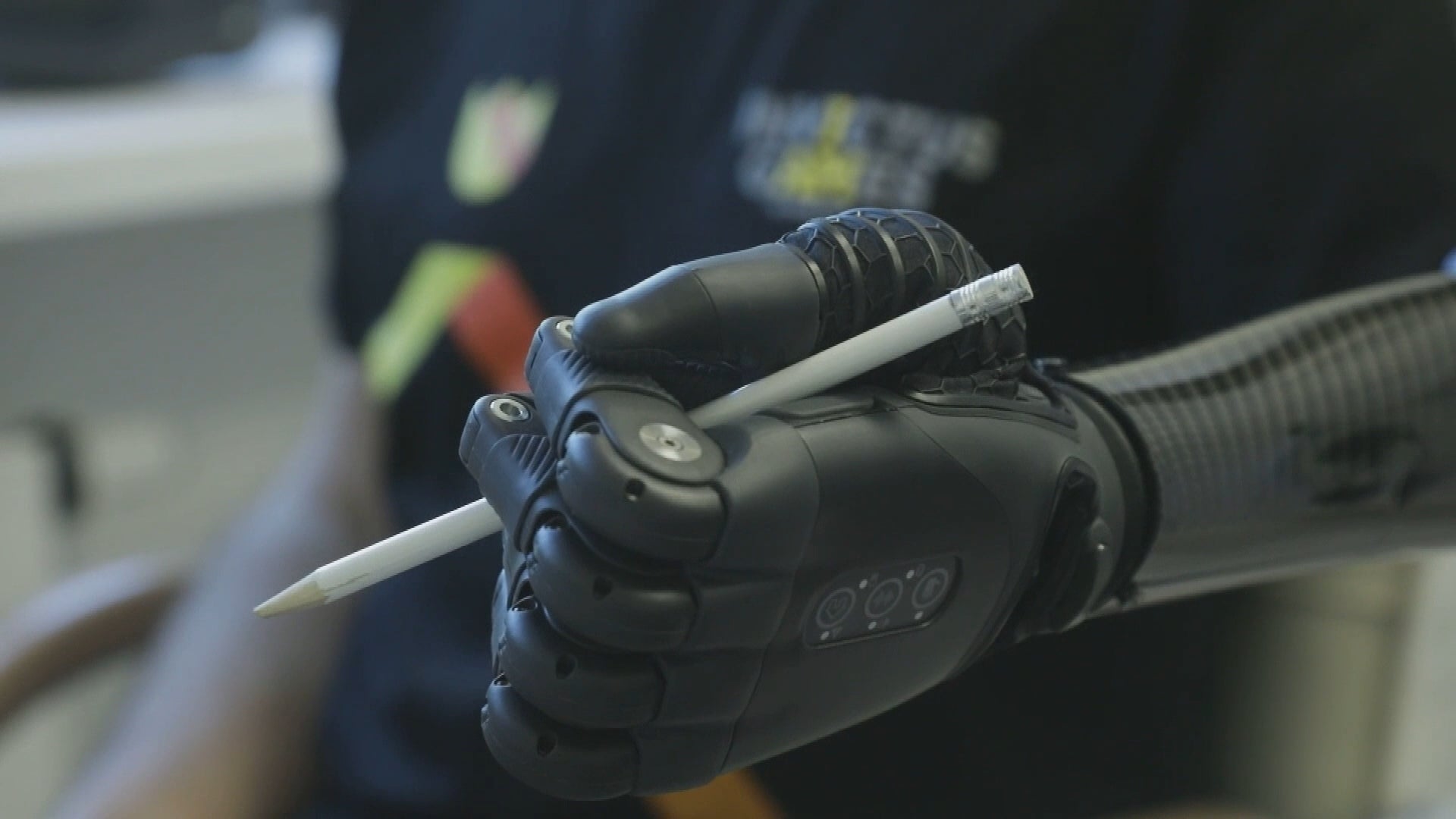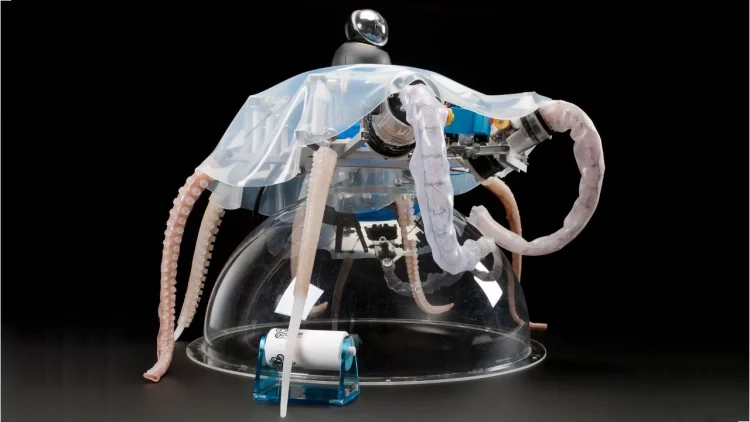Bionics, a field where biology and engineering converge, has been a driving force behind some of the most remarkable advances in robotics. By imitating the functionalities of biological systems, scientists and engineers have created prosthetics, exoskeletons, and even robotic systems capable of mimicking the complex behaviors of living organisms. As bionics continues to evolve, it offers us a glimpse into the future of robotics, where machines will not only interact with humans but will also have the capacity to understand and adapt to the complexities of the human body.
In this article, we’ll explore how bionics is shaping the future of robotics, what lessons can be learned from the natural world, and how these innovations can transform industries, healthcare, and everyday life.
What Is Bionics?
Bionics is the integration of biological principles with engineering to create devices that replicate biological functions. The concept is not new—early examples include Leonardo da Vinci’s designs for a mechanical knight and prosthetic limbs—but modern bionics has exploded in sophistication with advancements in materials science, computer programming, and bioengineering.
The key idea behind bionics is that nature has optimized many processes over millions of years of evolution, and by understanding these processes, we can design machines that replicate or enhance them. This includes anything from the way the human body moves to how sensory organs gather information about the environment.
In robotics, bionics is particularly valuable for developing systems that need to interact with the human body or the environment in ways that feel natural and seamless. Robotic limbs, for example, use principles of bionics to mirror the movements of human arms or legs. Similarly, prosthetic devices now offer greater functionality, providing users with more control and dexterity than ever before.
The Role of Bionics in the Evolution of Robotics
Bionics is helping robots transcend traditional mechanical designs to become more fluid, adaptable, and intelligent. Let’s break down some of the key ways in which bionics is influencing robotics:
1. Human-Like Movement

The most obvious way bionics impacts robotics is through the replication of human movement. Human joints, muscles, and tendons work in complex ways, but understanding these biological systems has allowed engineers to create more sophisticated robotic limbs and exoskeletons.
Take, for example, robotic prosthetics. Early prosthetic limbs were basic tools that simply replaced lost limbs, offering little more than functionality. Today’s bionic prosthetics, however, are designed to mimic the natural range of motion and dexterity of human arms and hands. This means that users can perform complex tasks like gripping objects, typing on a keyboard, or even playing a musical instrument.
The key to this human-like movement lies in understanding how muscles, tendons, and nerves work together. Engineers use sensors and artificial muscles to replicate the biomechanical functions of these systems. Bionic limbs can also respond to neural impulses from the brain, allowing users to control their prosthetics with thought alone.
2. Sensory Feedback
Another breakthrough in bionics is the integration of sensory feedback, which allows robots and prosthetic limbs to “feel” and interact with the world. Traditional prosthetics lacked sensory capability, meaning users couldn’t tell if they were gripping something too tightly or if an object was hot or cold.
With the help of bionics, robotic limbs can now include tactile sensors that relay feedback to the user. These sensors can detect pressure, temperature, and texture, providing real-time sensory information. This is crucial for creating devices that not only look human-like but also function in a way that mimics human interaction with the environment.
For example, some advanced prosthetics include sensors in the fingers that provide feedback when a user is holding an object. This feedback is then translated into electrical signals that the brain can interpret, giving the user a more intuitive and natural feeling.
3. Adaptability and Learning
Bionics also teaches us the importance of adaptability in robotics. One of the most significant lessons bionics offers is that for robots to interact effectively with humans, they must be able to adapt to changing environments and tasks. In nature, organisms are highly adaptable to different situations, whether it’s an animal adjusting to changes in terrain or a human learning new tasks.
Modern bionic systems incorporate machine learning and artificial intelligence to allow robots to adapt to different movements, environments, and user needs. For instance, exoskeletons designed to assist people with mobility challenges can adjust their movements based on the wearer’s gait, enabling smoother walking patterns and better balance. Similarly, bionic limbs equipped with AI can “learn” from the user’s movements and become more responsive over time.
4. Energy Efficiency and Sustainability
One of the key goals in robotics is creating machines that can operate efficiently, particularly in terms of energy usage. The biological systems that bionics aims to replicate are finely tuned to be energy-efficient, often working with minimal energy expenditure. By mimicking these systems, robotics can become more energy-efficient and sustainable.
Take, for example, the design of artificial muscles used in bionic prosthetics. These muscles are often inspired by the way biological muscles work, relying on materials like shape-memory alloys or electroactive polymers that contract and expand with minimal power. This allows bionic devices to operate longer and use less energy, which is crucial for wearable devices like prosthetics and exoskeletons that need to function for hours at a time.
Real-World Applications of Bionic Robotics
The intersection of bionics and robotics is already transforming various industries. Some of the most notable applications include:
1. Healthcare: Prosthetics and Exoskeletons
In healthcare, bionics is most commonly associated with the development of prosthetic limbs and exoskeletons. The improvement in bionic prosthetics has been revolutionary, offering users not just functional limbs but highly dexterous and responsive ones. Prosthetic limbs today are designed with sensors, motors, and microprocessors that allow them to move and react in real time, providing much greater control and comfort than older models.
Exoskeletons are another area where bionics is having a profound impact. These wearable robotic suits can help individuals with mobility impairments, such as those recovering from spinal cord injuries or stroke, regain the ability to walk or stand. Exoskeletons work by supporting the user’s body weight and providing assistance with movement, often powered by electric motors or hydraulic systems. As technology advances, we can expect exoskeletons to become lighter, more efficient, and even capable of providing greater autonomy to users.
2. Industry: Bionic Robots in Manufacturing

Robots are already a staple in manufacturing, but bionics is pushing the boundaries of what they can do. For example, soft robotics—robots inspired by biological organisms like octopuses and worms—can be used in delicate operations such as assembly or packaging, where traditional robots might cause damage.
Bionic robots in manufacturing also improve safety. Robots designed with human-like movement can work alongside human workers without the risk of causing injury. This collaboration between humans and robots is expected to increase in the future, where robots will not replace workers, but rather augment their capabilities.
3. Military and Defense: Advanced Prosthetics and Enhancement
Bionics in the military sector has the potential to enhance soldiers’ abilities and aid those who have been injured in combat. Prosthetics that mimic the functionality of natural limbs allow veterans to regain normal movement, while advanced exoskeletons could give soldiers enhanced strength and endurance.
Additionally, wearable bionic systems could monitor soldiers’ vital signs, providing real-time data about their health status. Such systems could be integrated into the uniforms or exoskeletons, enabling soldiers to continue performing missions with greater safety and efficiency.
The Ethical Considerations of Bionic Robotics
While the potential for bionic robotics is vast, there are important ethical questions that need to be addressed. As bionic technology becomes more advanced, the line between human and machine becomes increasingly blurred. For instance, if prosthetics or exoskeletons enhance human abilities beyond their natural state, should they be available to everyone, or only to those who have lost a limb or function?
Moreover, with robots becoming more human-like in appearance and behavior, there are concerns about the psychological impact on users. Will a person feel disconnected from their prosthetic limb if it is too lifelike? Or will it become a source of psychological discomfort?
These ethical considerations are still being explored, and as bionics continues to advance, it will be crucial for policymakers, ethicists, and engineers to work together to ensure that the benefits of bionics are balanced with respect for human dignity and autonomy.
Conclusion: The Future of Robotics through the Lens of Bionics
Bionics is teaching us that the future of robotics is not just about building machines that mimic human tasks but about creating systems that interact with humans in a natural, intuitive way. The insights gleaned from the human body and the biological world are helping engineers design robots that are more adaptive, energy-efficient, and capable of seamlessly integrating into the real world.
As bionics continues to advance, the possibilities for robotics are endless. In healthcare, robots could offer life-changing prosthetics and assistive devices. In industry, bionic robots could collaborate with humans in ways never before imagined. And in daily life, we might see robots that are as much a part of our lives as any other tool or machine.
In the end, bionics is not just teaching us how to build better robots; it’s teaching us how to enhance and augment the human experience itself.











































